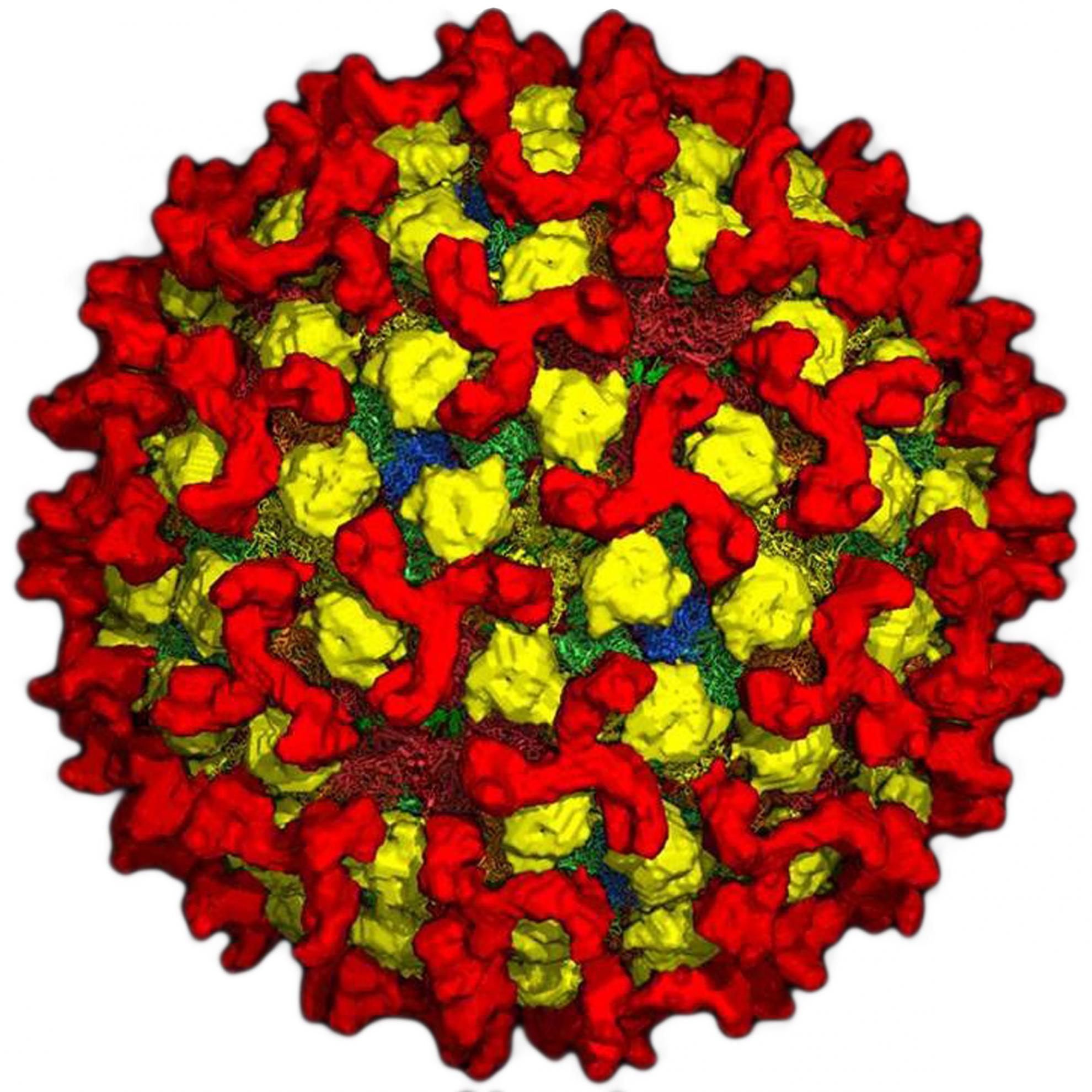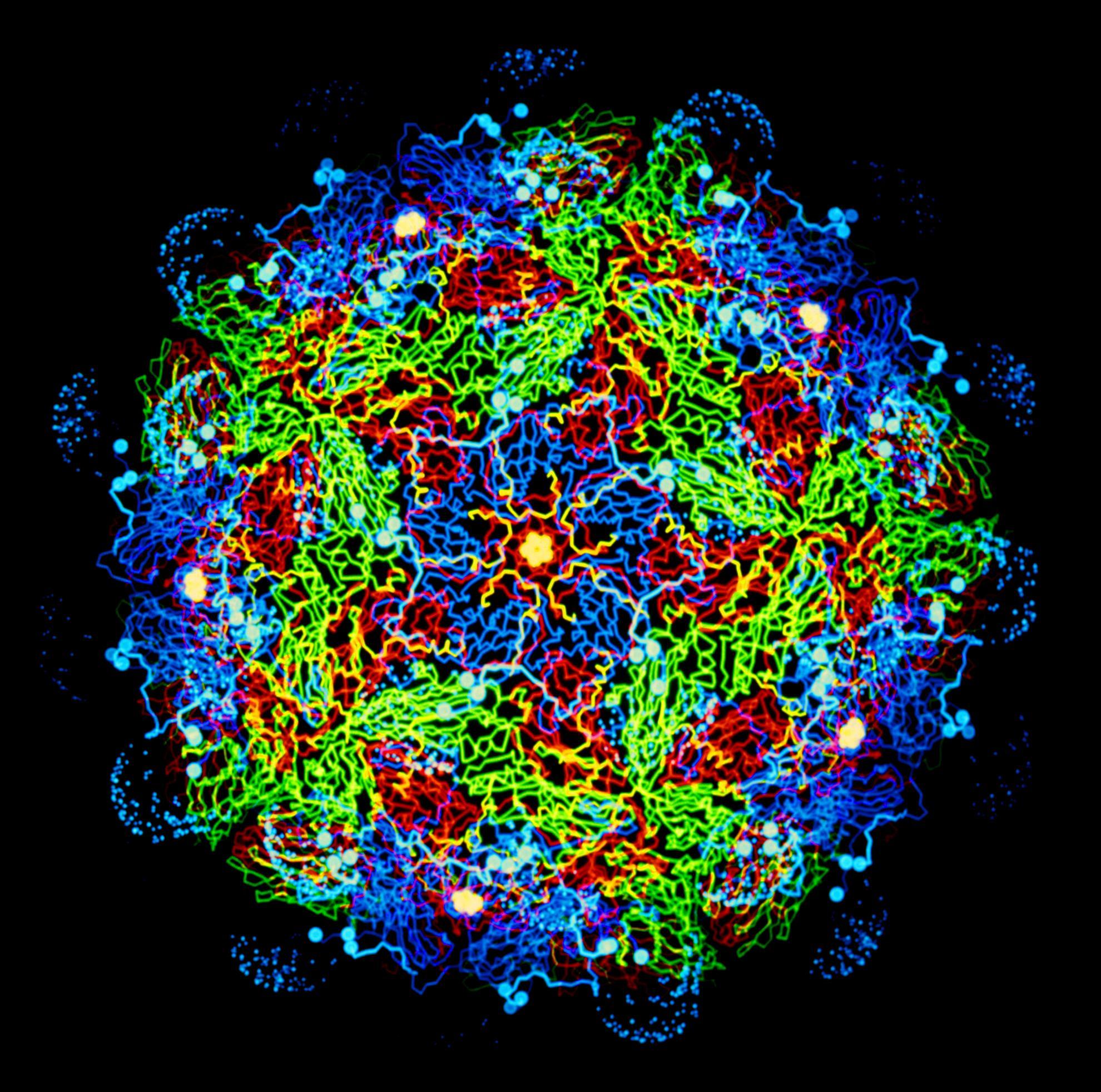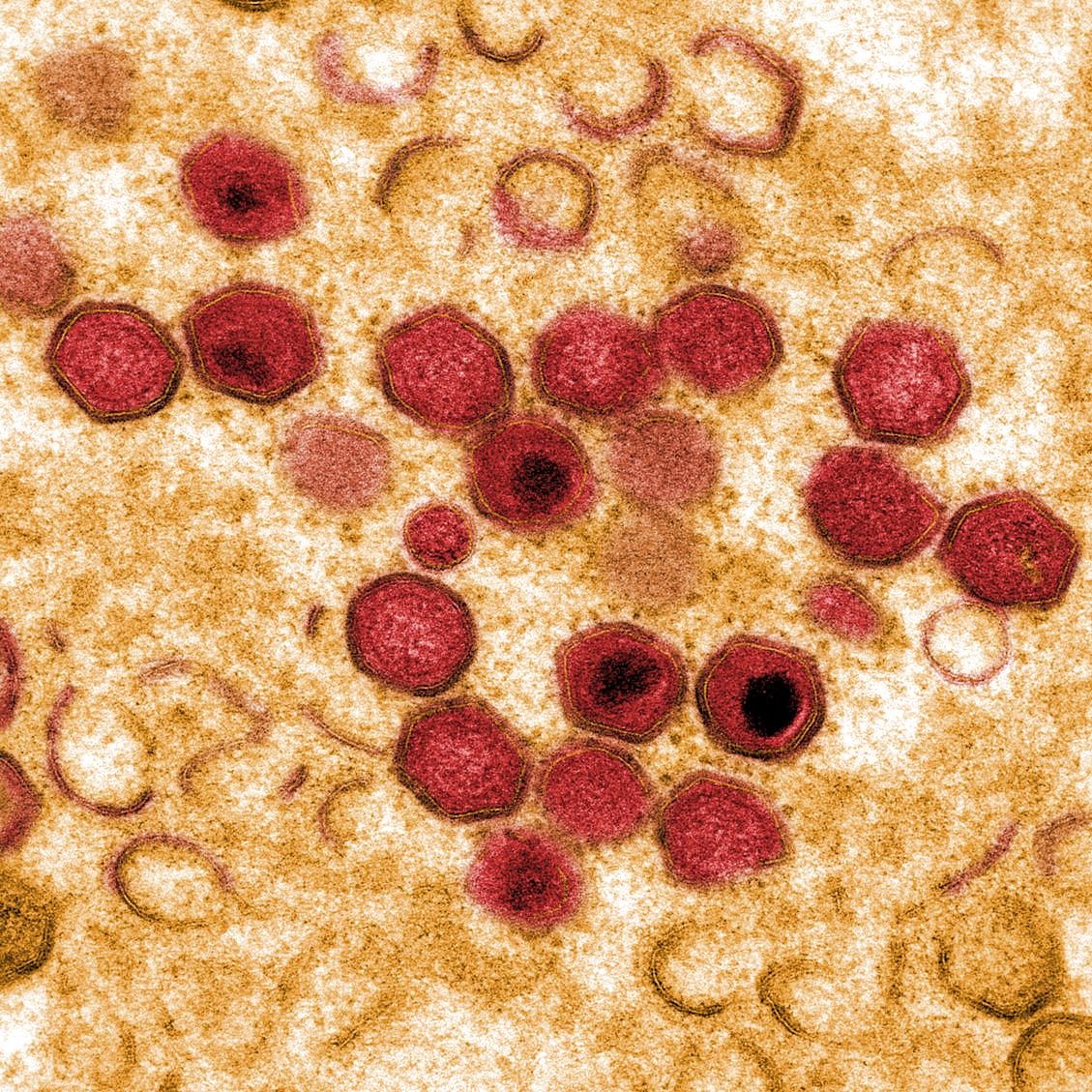Towards a sampling rationale for African swine fever virus detection in pork products
African swine fever (ASF) is a highly lethal disease of pigs caused by the ASF virus (ASFV), which presents a serious threat to global food security. The movement of contaminated pork products has previously been postulated as contributing to the introduction of ASF into new areas. To evaluate the performance of ASFV detection systems in multi-component pork products, we spiked sausage meat with four different ASFV-containing materials (ASFV cell culture, pork loin, meat juice and bone marrow). DNA was extracted using two manual systems (MagMAX CORE, Qiagen) and one automated (MagMAX CORE) one, and three qPCR assays (VetMAX, King, UPL) were used. The performance of the DNA extraction systems was as follows; automated MagMAX > manual MagMAX > manual Qiagen. The commercial VetMAX qPCR assay yielded significantly lower CT values (p < 0.001), showing greater sensitivity than the World Organization for Animal Health (OIE)-prescribed assays (King, UPL). Detection probability was the highest for matrices contaminated with bone marrow compared with pork loin or meat juice. An estimated minimum sample size of one 1-g sample is sufficient to detect ASFV in a homogenous pork product if bone marrow from infected pigs comprises 1 part in 10,000. We demonstrated that existing ASFV detection systems are appropriate for use in a food-testing capacity, which can provide an additional control measure for ASF.


